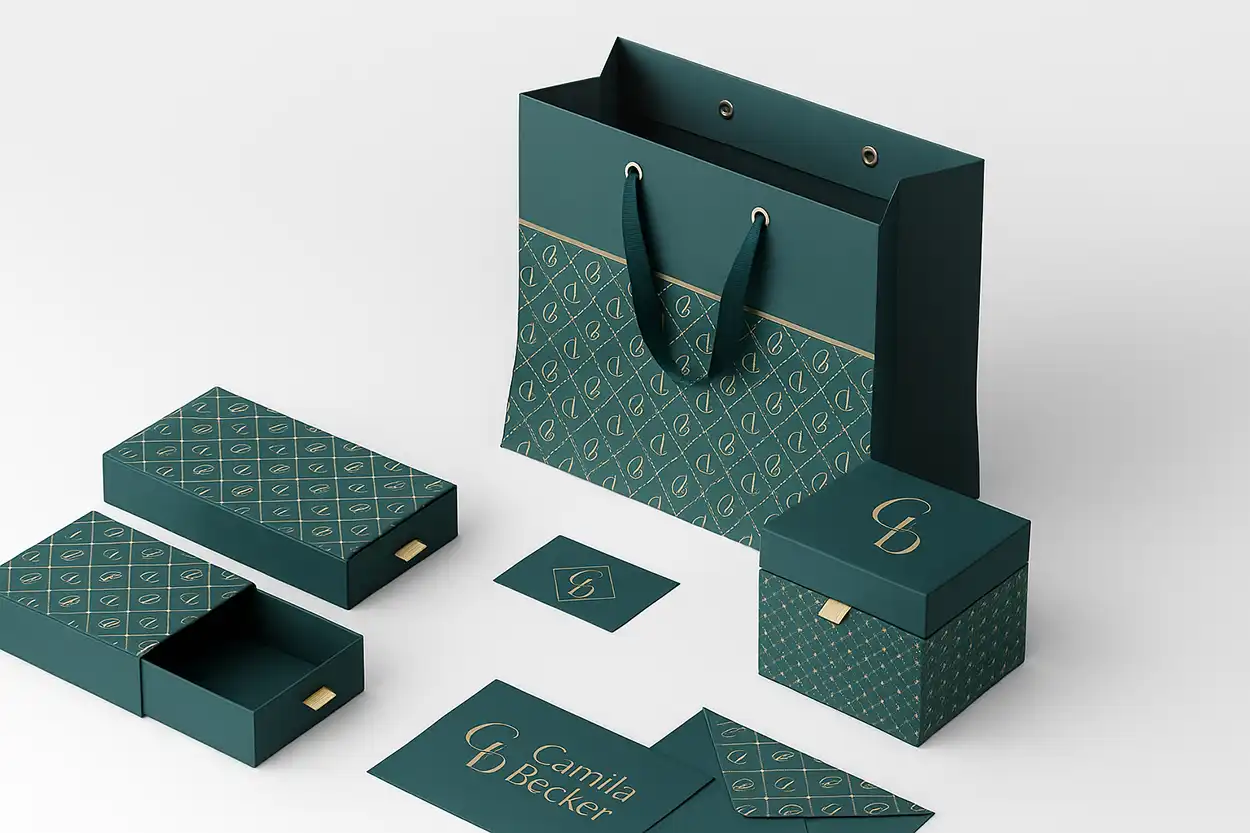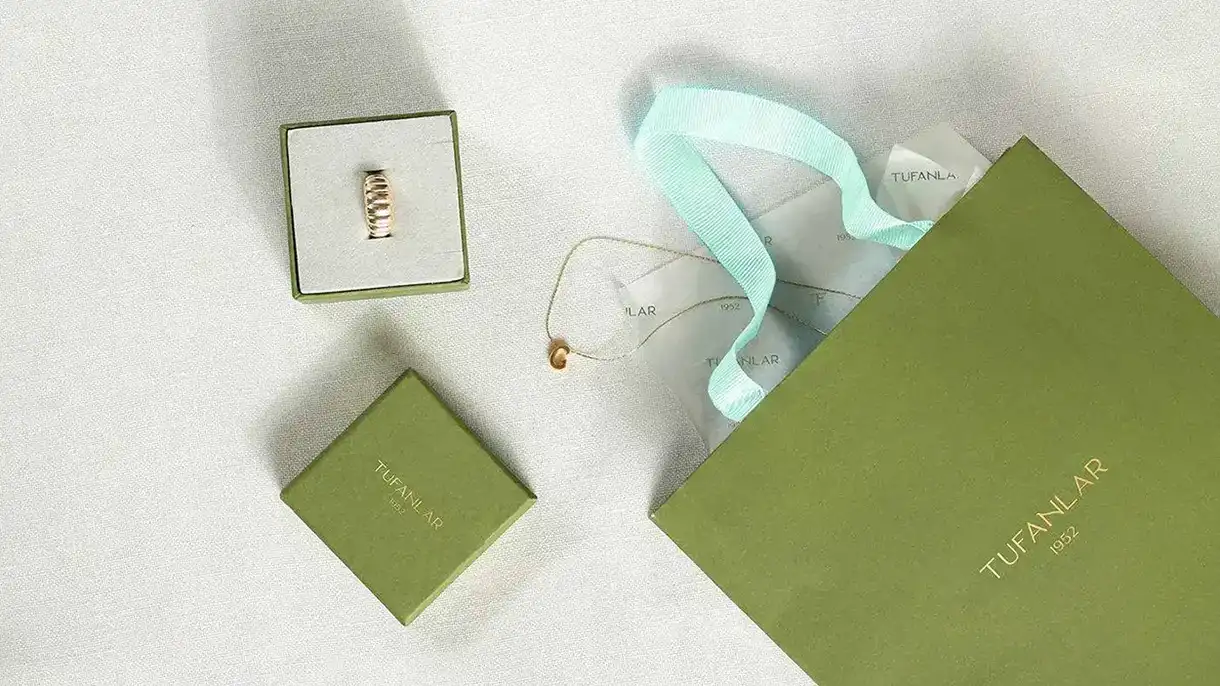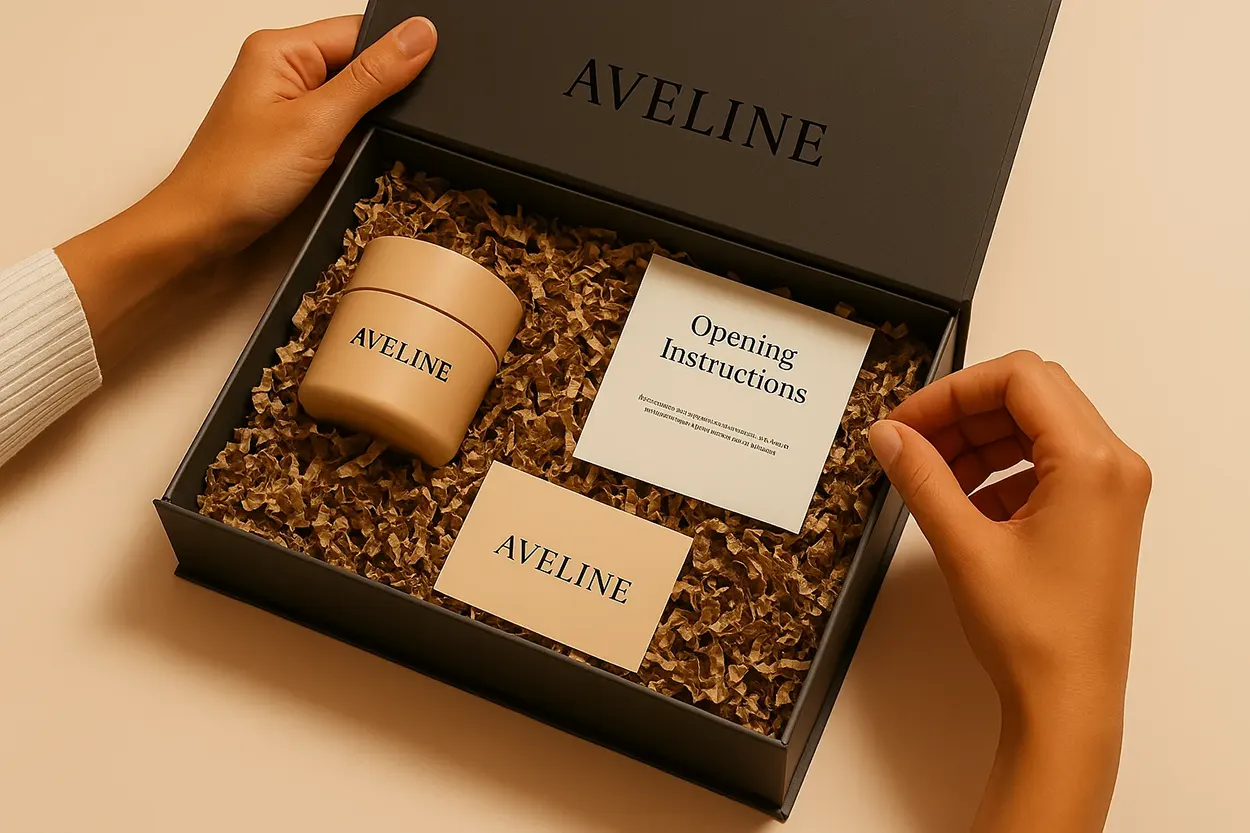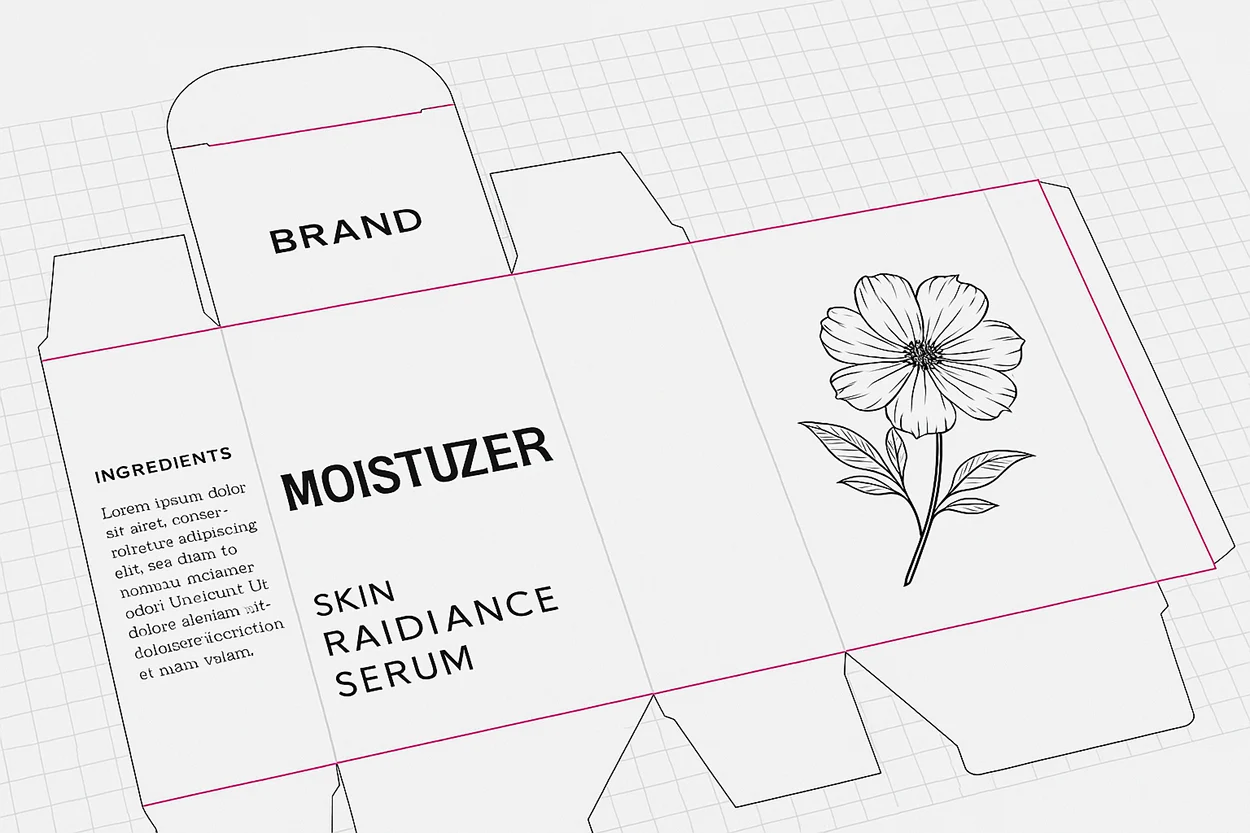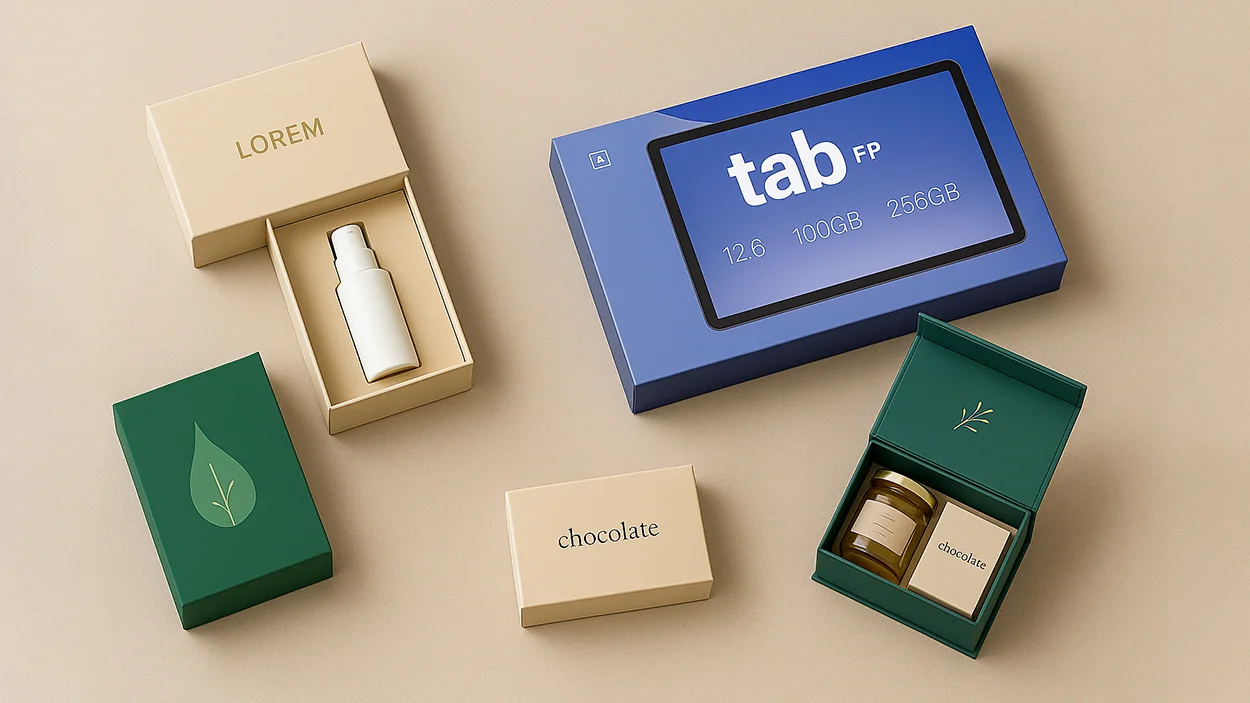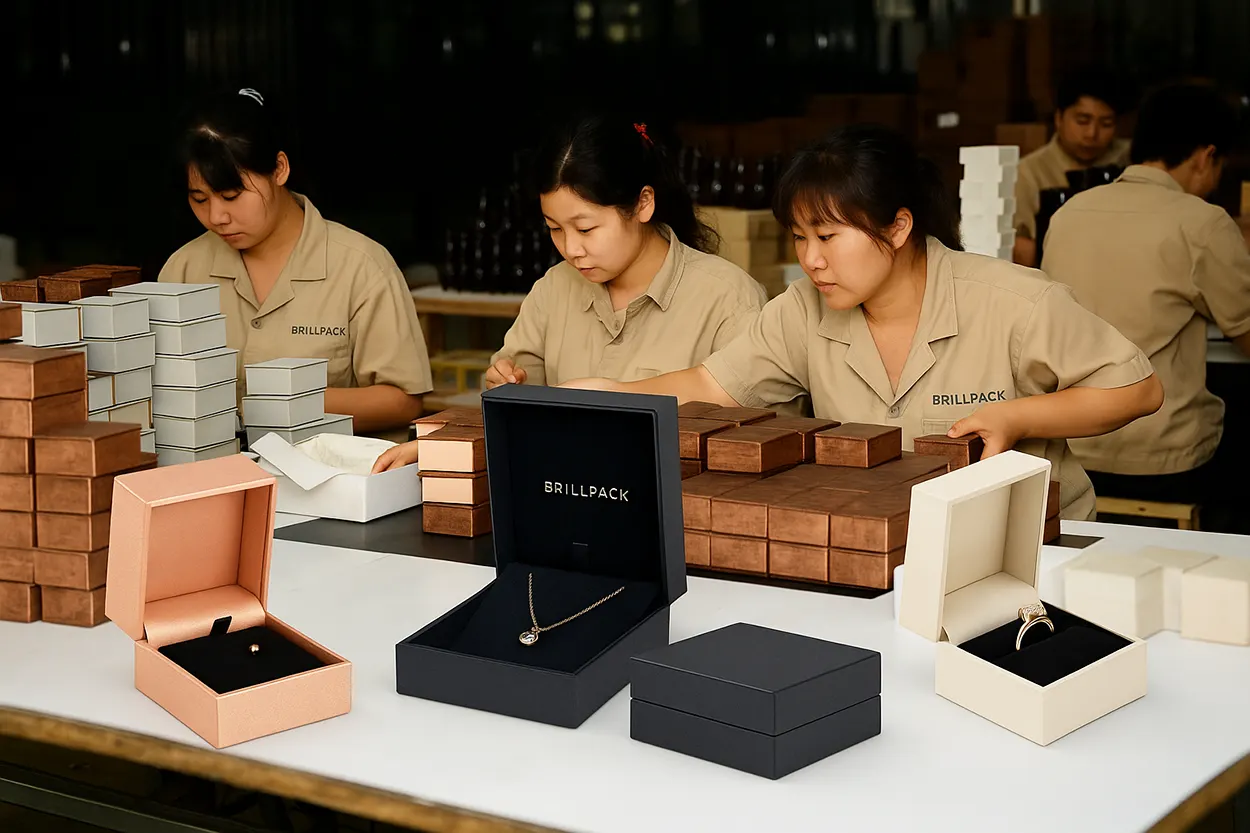Your packaging choices can make or break your brand’s success. In today’s retail environment, the right packaging protects products, tells your brand story, and drives purchasing decisions. Among the many materials available, chipboard emerges as a versatile solution that balances cost, sustainability, and visual appeal.
But what exactly is chipboard, and when should you choose it over corrugated cardboard or other alternatives?
This guide answers these critical questions. Whether you’re launching a new product line, optimizing packaging costs, or pursuing sustainability goals, you’ll discover how chipboard can transform your packaging strategy.
What Is Chipboard?
Chipboard is a thick, rigid paper product made from compressed recycled paper fibers or wood pulp. Unlike corrugated cardboard with its distinctive wavy inner layer, chipboard consists of a single, solid layer of densely packed fibers, creating a smooth, uniform surface ideal for high-quality printing and finishing.
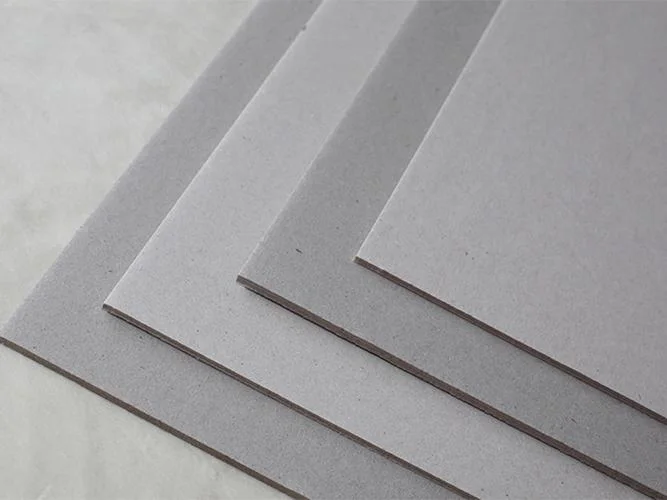
The manufacturing process transforms recycled materials into packaging gold. Manufacturers collect paper waste, wood chips, and sawdust, then break these materials into pulp. After drying and layering, they hot-press the pulp into sheets ranging from 0.006 inches to over 0.100 inches thick.
What makes chipboard particularly appealing for modern brands is its eco-friendly composition. Most chipboard contains between 60-100% recycled content, making it an excellent choice for companies committed to sustainability. The smooth surface finish and structural integrity make it perfect for retail packaging where visual appeal matters as much as protection.
Types and Grades of Chipboard
Not all chipboard is created equal. Understanding the different types and grades available helps you select the perfect material for your specific packaging needs:
Solid Bleached Sulfate (SBS)
SBS represents the premium tier of chipboard packaging. This bright white board, made from bleached virgin wood pulp, offers exceptional printability and a luxurious feel. It’s the go-to choice for high-end cosmetics, premium food packaging, and pharmaceutical applications where product presentation is paramount. The pristine white surface provides an ideal canvas for vibrant graphics and metallic finishes.
Coated Recycled Board (CRB)
CRB offers an economical middle ground, featuring a white or clay-coated exterior over a gray recycled interior. This type delivers excellent print quality while maintaining cost-effectiveness, making it popular for everyday retail packaging, cereal boxes, and consumer electronics packaging. The coating provides moisture resistance and enhances durability without breaking the budget.
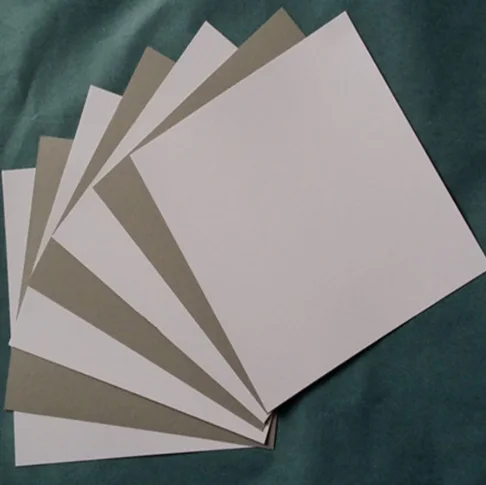
Uncoated Recycled Board
The most environmentally friendly option, uncoated recycled board contains the highest percentage of post-consumer content. While it may not offer the same print brilliance as coated options, it’s perfect for brands prioritizing sustainability and natural aesthetics. This grade works well for organic food products, eco-conscious brands, and industrial applications.
Choosing the Right Thickness
Chipboard thickness directly impacts its application:
- Light (20-40pt): Ideal for small consumer cartons, cosmetic boxes, and lightweight products
- Medium (50-70pt): Perfect for gift boxes, electronics packaging, and moderate-weight items
- Heavy (90-100pt+): Suited for rigid cases, luxury packaging, and products requiring extra protection
Chipboard vs. Corrugated Cardboard: A Clear Comparison
Understanding the differences between chipboard and corrugated cardboard is essential for selecting the right material for your packaging needs. Each has distinct advantages depending on your specific requirements.
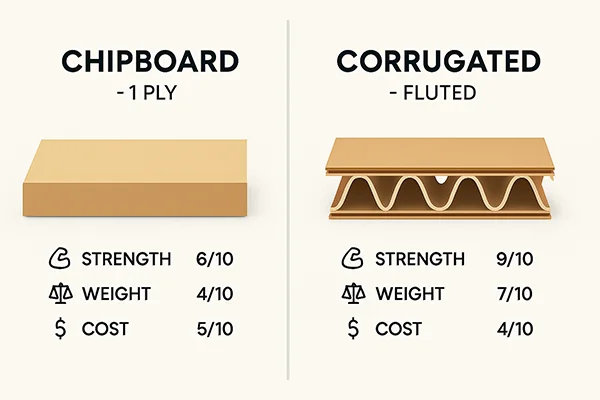
Strength and Protection
Corrugated cardboard’s fluted inner layer provides superior structural strength and impact resistance, making it ideal for shipping heavy or fragile items. The air pockets created by the flutes act as cushioning, protecting contents during transit. Chipboard, while sturdy, lacks this built-in shock absorption and is better suited for lighter products or those requiring less protection during handling.
Space and Cost Efficiency
Chipboard’s single-layer construction makes it significantly thinner and more space-efficient than corrugated alternatives. This translates to reduced shipping volumes, lower storage requirements, and potential cost savings on freight. For businesses shipping large quantities of packaged goods, these space savings can add up to substantial logistical advantages.
Print Quality and Branding
Where chipboard truly shines is in its superior printability. The smooth, uniform surface accepts high-resolution graphics, intricate designs, and special finishes with exceptional clarity. This makes it the preferred choice for retail packaging where shelf appeal drives sales. Corrugated cardboard’s textured surface limits print quality, though recent advances in digital printing have narrowed this gap.
Environmental Impact
Both materials offer strong environmental credentials, being fully recyclable and often containing recycled content. However, chipboard edges ahead in sustainability metrics—it’s not only recyclable but also compostable in many cases. With 73% of consumers actively choosing brands with recyclable packaging, this distinction matters more than ever.
The Benefits That Matter Most
Chipboard delivers five key advantages that directly impact your bottom line:
1. Cost Reduction
Businesses report up to 12% packaging cost savings when switching to chipboard. The combination of recycled materials and efficient manufacturing keeps prices competitive.
2. Sustainability Leadership
With 90% of consumers favoring brands with eco-friendly packaging, chipboard’s recycled content and recyclability provide a clear competitive edge.
3. Brand Differentiation
Transform your packaging into a marketing powerhouse. Chipboard’s printability enables vibrant colors, metallic finishes, and tactile treatments that create memorable unboxing experiences.
4. Operational Efficiency
Lighter weight and compact size mean lower shipping costs and reduced storage needs—critical advantages for e-commerce businesses facing dimensional weight pricing.
5. Design Flexibility
From delicate jewelry boxes to sturdy tech packaging, chipboard adapts through various thicknesses, coatings, and finishes while maintaining brand consistency.
Understanding Chipboard’s Limitations
Smart packaging decisions require honest assessment of limitations:
Reduced Load Capacity
Without corrugated support, chipboard can buckle under heavy stacking. It’s not suitable for shipping heavy items or high-compression environments.
Moisture Vulnerability
Uncoated chipboard absorbs moisture readily. While coatings help, products exposed to humidity need alternative solutions.
Minimal Built-in Cushioning
Fragile items require additional protective inserts since chipboard lacks inherent shock absorption.
Smart Solutions:
- Apply lamination for moisture resistance
- Use double-wall construction for added strength
- Add foam inserts for fragile products
- Choose coated grades for challenging environments
Real-World Applications
Chipboard dominates multiple industries for good reason:
Food & Beverage: From cereal boxes to frozen food cartons, chipboard dominates grocery store shelves. Its printability allows for appetite-appealing graphics while food-safe coatings ensure product safety. The lightweight nature reduces transportation costs for high-volume food products.
Beauty & Cosmetics: Luxury cosmetics brands favor SBS chipboard for its premium feel and exceptional print quality. Perfume boxes, makeup palettes, and skincare packaging benefit from chipboard’s ability to convey elegance while protecting delicate products.
Consumer Electronics: Smartphones, headphones, and accessories often come packaged in chipboard boxes that balance protection with retail appeal. The material’s rigidity provides adequate protection for lightweight electronics while allowing for sophisticated packaging design.
Apparel & Fashion: Gift boxes, shoe boxes, and accessory packaging frequently use chipboard to create memorable unboxing experiences. The material’s customization options allow fashion brands to extend their aesthetic vision to every customer touchpoint.
Pharmaceutical & Healthcare: Blister pack backing, medicine cartons, and supplement packaging rely on chipboard’s consistency and printability for critical information display while maintaining product integrity.
The Sustainability Revolution
Sustainable packaging isn’t a trend—it’s the future. The market will more than double by 2034, driven by consumer demands and regulatory requirements.
Major retailers like Amazon now require recyclable packaging, making chipboard compliance a business necessity. Innovation continues with water-based coatings, alternative fibers, and digital printing reducing waste through smaller minimum orders.
Choosing chipboard communicates your environmental values. FSC certification, recycled content percentages, and compostability claims resonate with conscious consumers and influence purchasing decisions.
Your Decision Framework
Follow this systematic approach to choose the right packaging material:
Step 1: Product Analysis
- Assess weight and fragility
- Determine protection requirements
- Consider storage conditions
Step 2: Distribution Review
- Map your supply chain
- Evaluate handling points
- Calculate shipping distances
Step 3: Brand Alignment
- Define visual requirements
- Confirm sustainability goals
- Set quality expectations
Step 4: Cost Calculation
- Compare material costs
- Factor shipping savings
- Include damage risk
Choose Chipboard When:
- Products are lightweight to medium-weight
- Retail presentation drives sales
- Sustainability strengthens your brand
- Volume justifies setup costs
- Shipping stress is minimal
Consider Alternatives When:
- Products are heavy or extremely fragile
- Long-distance shipping involves rough handling
- Moisture exposure is unavoidable
- Maximum cushioning is essential
Partner with BrillPack for Success
At BrillPack, we’ve mastered the art and science of chipboard packaging. Our global network of eco-certified mills ensures consistent quality and competitive pricing across all grades.
Our integrated approach combines:
- Expert material selection guidance
- In-house design services maximizing visual impact
- Advanced printing capabilities for any finish
- Sustainability certification support
- End-to-end project management
We’ve helped leading brands in cosmetics, electronics, and luxury goods create packaging that captures attention and drives sales. Our team guides you through every decision—from thickness selection to finishing techniques—ensuring optimal results.
Take Action Today
Chipboard packaging offers a powerful combination of sustainability, cost-effectiveness, and visual impact. By understanding its capabilities and limitations, you can make packaging decisions that strengthen your brand and satisfy customer expectations.
As e-commerce growth and environmental consciousness reshape packaging requirements, chipboard provides solutions that meet today’s challenges while preparing for tomorrow’s opportunities.
Ready to transform your packaging strategy? Contact BrillPack to explore custom chipboard solutions tailored to your products, brand, and sustainability goals. Let’s create packaging that protects, promotes, and performs.
Contact for a Free Consultation!


